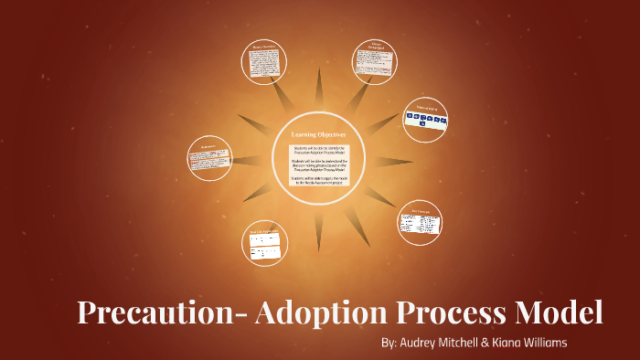Precaution Adoption Process Model a psychologically model that explains how people comes to decisions to take actions to prevent illness, injury, or other types of harm. It explain precautious behaviors to avoid external hazards or health threats. This model assumes that people must pass through a series of six qualitatively different stages on the path from ignorance to action. This model applies to the types of actions such as exercise and diet, in which health considerations may play little role.

The first stage is where a person is entirely unaware of some issue. If a person has never heard of a hazard such as smoking, AIDS, and high-fat diets. they cannot have formed opinions about it. However, if an individual at some point becomes aware of the issue, but still do not entertain the idea as an issue, they have entered stage two, unengaged. Stage 3 is undecided, in which a person has engaged both awareness of the issue and entered decision making. If an individual decide not to take action on the issue, the person will end the PAPM. However, if the person decides to accept the fact that there is an issue, then that person will enter stage 5. Immediately an individual accepts that there is an issue, the person will begin a new behavior which will put them in stage 6 which is acting.
The 7th stage is maintenance. It happen when people accept and continue to maintain behavior over time. The Precaution Adoption Process Model works along with other models since it does not provide a specific set of variables that differentiate between stages. The model does not also provide a way for progression to occur from stage to stage. There is no specific amount of time one spends in each stage.
